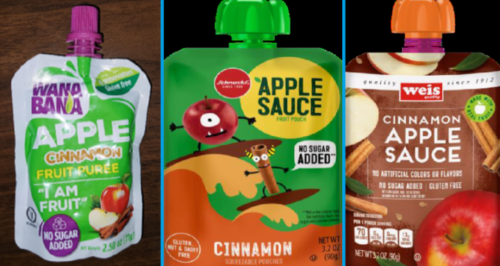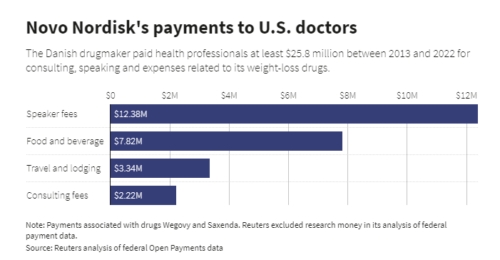For years now I have been posting on Mondays something about conflicts of interest in nutrition research and practice on this site .
My goal in doing so is to raise awareness of practices that give the nutrition profession the appearance of undue food industry influence at the expense of public health.
Occasionally someone involved with something I post requests a correction or clarification.
Most recently, I heard from Gunter Kuhnle, a researcher in the UK whom I do not know personally. He wrote:
In your blog (https://www.foodpolitics.com/2023/11/chocolate-an-update-on-the-food-politics-thereof/), you comment about my article in “The Conversation” on flavanols. This comment concludes with a statement that could be interpreted as if I was paid to write this piece. I would like to make clear that I was not paid to write this article – it was conceived and written in order to address a number of misunderstandings in the reporting of various studies concerning flavanols. I would appreciate if you could correct this.
Since that was not at all my intention, I clarified the post immediately.
But I also requested his permission to reprint his note so I could do some more explaining about why this issue so concerns me.
I want to start by emphasizing that I do not see this as a personal matter. My original post did not mention the author’s name and in general I try to avoid mentioning names of authors of industry-funded research unless they report financial ties to companies with vested interests in the outcome of that research.
I see this as a systemic issue.
But to summarize the arguments—and the research—I make and summarize in my book, Unsavory Truth: How Food Companies Skew the Science of What We Eat:
An enormous body of evidence, most of it derived from studies of tobacco, chemical, or pharmaceutical drug industry-sponsored research, consistently shows:
- Industry-funded research generally yields results that favor the sponsor’s interests.
- Industry funding of research influences its outcome.
- The influence of industry funding usually shows up in the framing of the research question or in the interpretation of results.
- Recipients of industry funding do not recognize the influence, do not intend to be influenced, and deny the influence (“science is science”).
- Denial of influence contradicts an enormous body of evidence to the contrary.
- Disclosure of funding source or relationships is necessary but not sufficient; considerable evidence exists to show that the statement “the sponsor had nothing to do with the design, conduct, or publication of the study” is often misleading or false.
- Exceptions do exist, but they are rare.
That researchers do not recognize the risks of industry funding is disturbing. At the very least, when nutrition researchers accept funding from food companies, they give the appearance of conflict of interest.
And that is all it takes to reduce public trust in nutrition research, nutrition professionals, and nutrition professional societies.
I think there is something seriously wrong when I can look at the title of a nutrition research article and make a good guess about what company or industry trade association funded it.
I think there is something seriously wrong when I can look at the funder of a study and guess what the outcome is.
One more point: an argument I hear often is that all nutrition researchers are biased because they have dietary or ideological preferences. There is research on this point too. It argues that all researchers have personal or ideological biases—that’s what motivates them to do studies to test their hypotheses. Personal biases, therefore, are universal and do not cause conflicts of interest.
Industry funding introduces a quite different motive: proving the health benefits or safety of a food product for commercial—not scientific—purposes.
Unsavory Truth provides references for all of this.
Also see Science in the Private Interest: Has the Lure of Profits Corrupted Biomedical Research? by the late Sheldon Krimsky (I miss him terribly).
Professor Kuhnle, I thank you for writing and for the opportunity to respond.



